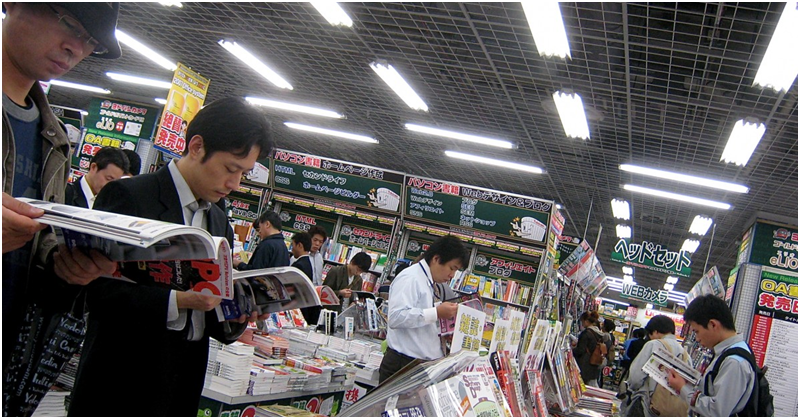As the country takes a huge hit on its economic performance due to a shortage in manpower, the government least to say is being practical as well as creative in keeping one of the world’s strongest economies afloat despite the labour crunch it is experiencing at the moment.
However, no matter how optimistic the government can approach the matter, the fact remains that an economy needs money to support the very people who keep it intact – in terms of welfare programs, subsidized services, as well as its pension system.
Japan’s Income to Tax Ratio Remains High
In line with this, Japanese employees and companies are expected to shoulder a relatively high ratio of taxes to income, as shared in a report by NHK World.
As per data released by government officials, on average 42.8 % of income will go to taxes and social welfare premiums in fiscal 2019.
According to the Finance Ministry, the national burden ratio looks to remain the same as the previous year. However, the number is expected to surpass 40% for the 6th year.
Furthermore, officials predict that that the tax burden will grow heavier with the consumption tax hike in October. But all is not going to be a rough hill, as experts believe that this will be offset by gains in individual and corporate incomes on the road to a gradual economic recovery.
The national burden ratio is a measure to compare public burdens across other nations. 2016 data has noted a 67.2% and 58.8% for France’s and Switzerland’s ratio, respectively.
This only means that higher taxation will be felt even by incoming foreign nationals who will be helping out Japan’s economic recovery in the years to come. This is something that we all have to keep at the back of our minds, especially for overseas Filipino workers who look to work in Japan.
